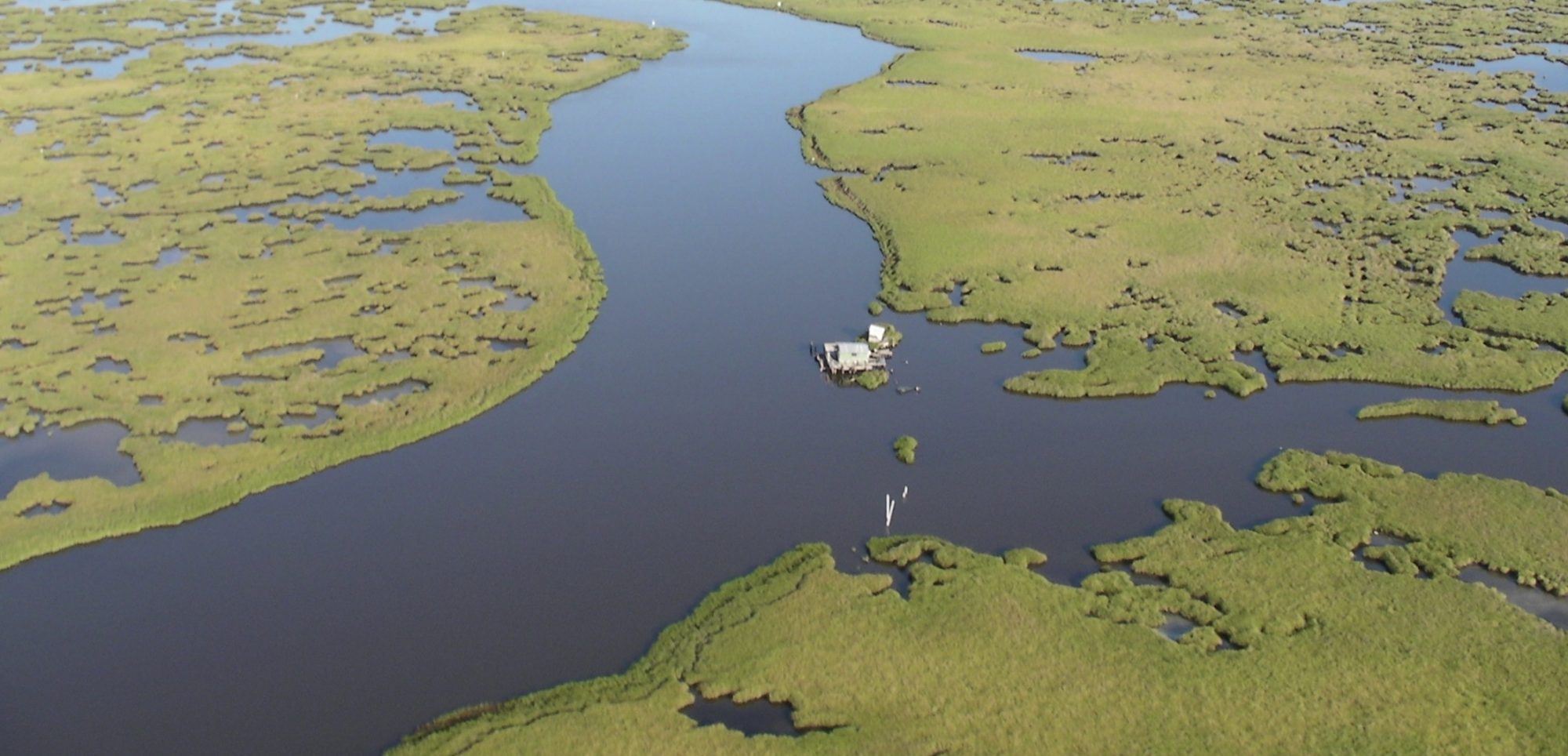
Ph.D. Candidate, North Dakota State University
Field Travel Grant Type 1
Variations in aquatic plant communities and how they relate to shallow lake ecology and biogeochemistry
“Shallow lakes can switch from a clear vegetation-dominated state to a turbid phytoplankton-dominated state and back again. These shifts can occur over a short period of time (within 1 year) or over a long period of transition (several years). The mechanisms underlying these changes are not understood. Part of the problem is that during the 30+ years of research on shallow lakes in MN and surrounding states, the focus has been on the value of these lakes for hunting and fishing, and the role of plants has been under-researched. The role of the lake biogeochemistry in the progression of aquatic plant communities and regime shifts is also unknown. Previous studies have focused mostly on the cycling of phosphorus, whereas few studies have focused on other elements such as Al, Cd, Cr, Cu, Fe, Mn, Ni and Zn. Shallow lake communities are influenced by the diversity, distribution and density of aquatic plants. Plants in wet ecosystems are at the base of the food chain, they provide a crucial link between the inorganic and biotic environment, and they have the ability to influence the water chemistry. They can act as sinks of nutrients, through uptake, and as nutrient transporters or pumps as they move nutrients from the sediment to water column. Aquatic plants provide food, refuge and habitat for waterfowl, invertebrates, fish and some mammals. The overall aim of my research project is to elucidate the factors that govern changes in turbidity of shallow lakes, with a focus on aquatic vegetation and biogeochemistry. This study is important because it will increase our knowledge of the role of aquatic vegetation in the biogeochemical cycling of multiple elements in shallow lakes. It will also gather information essential for better management of shallow lake ecosystems.”
